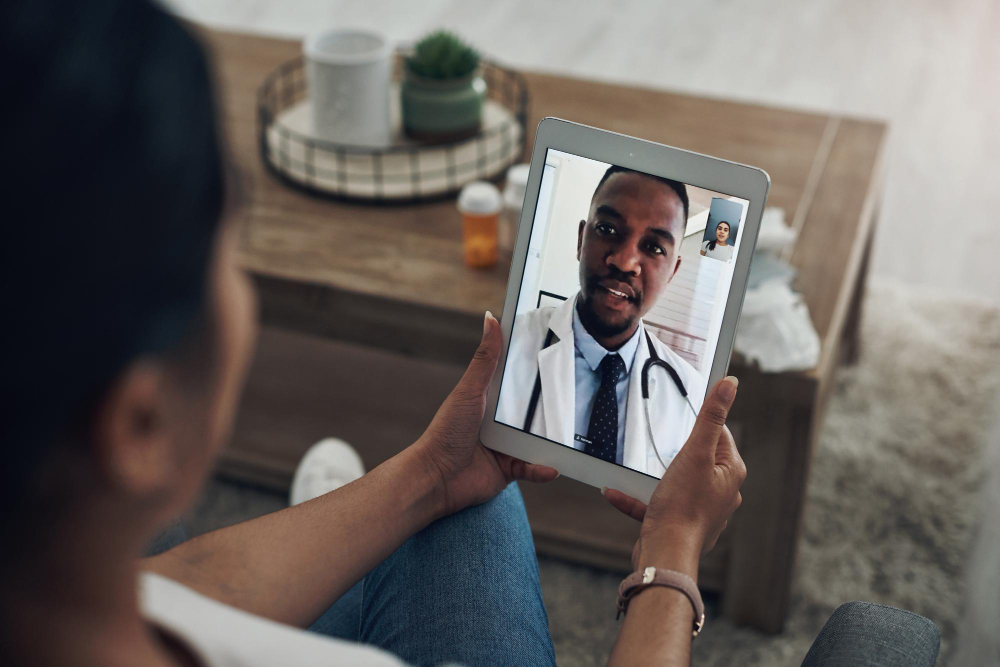5 Things I Wish I Knew Before Working in Healthcare
Beginning a healthcare career is inspiring and demanding. It’s a purpose-driven, responsible, and lifelong profession. It looks like a stable, secure career from the outside, full of high-minded ideals and self-improvement. But as soon as you ente…
Telehealth Nurse Salary Guide: What You’ll Really Earn in 2025
Telehealth nurse salaries continue to impress as the industry grows faster. The global telehealth market is projected to reach $285.7 billion by 2027, and telehealth now represents 17% of patient visits in 2023. This career path offers nurses subs…
Why Telemedicine Physician Jobs Pay 40% More in 2025
Telemedicine physician jobs are booming, with compensation rates climbing 40% higher than traditional practice roles in 2025. This big jump in salaries comes as the telemedicine market size could reach $240 billion by 2032. Remote healthcare manag…
State-by-State Guide: Expanding Roles for PAs and NPs [Updated 2025]
Healthcare practice management remains a fierce battleground. The AMA has defeated over 80 bills in 2024 that would have let nonphysicians practice independently. This victory highlights how vital physician oversight is for patient care throughout…
The Fascinating Role of Registered Nurses in Forensic Investigations
In the intricate world of forensic investigations, where science intersects with law to unravel truth and deliver justice, a unique and increasingly vital profession has emerged: forensic nursing. While often overshadowed by their detective counte…
Advanced Practice Practitioner Career Guide: From Entry Level to Top Earner
Nurse practitioners, who rank among the highest paid advanced practice practitioners, enjoyed a remarkable 14% boost in average earnings in 2023. Their salaries jumped to $135,000 from $121,000 the previous year. The growth continued strong in 202…
Non Clinical Physician Jobs That Pay More Than Clinical Practice
A 2023 Medscape survey reveals that 26% of physicians want to explore non clinical physician jobs, and with good reason too. Clinical practice remains tough, but alternative careers give physicians more flexibility, autonomy, and better pay.
The …
Travel Nurse Demand in 2025: Hidden Opportunities in Highest-Paying States
Travel nursing jobs have exploded by 430% since 2018, opening up amazing opportunities in healthcare facilities everywhere. The United States now has more than 1.7 million travel nurses, and their role has become vital to our healthcare system.
T…
Rehabilitation Therapy Job Outlook 2025: The Surprising Growth Areas You Need to Know
The rehabilitation therapy field shows remarkable growth. Physical therapy positions are projected to increase by 14% from 2023 to 2033. This rate exceeds the typical job market average of 4% by more than triple. The rehabilitation therapy outlook…
Radiology & Medical Tech Job Outlook 2025: What Experts Actually Predict
The job outlook for radiology techs looks incredibly promising. Experts project a 6% employment growth through 2033, which will add 13,100 new positions. The total number of radiologic technologist jobs should climb from 227,800 to 241,000 during …




![State-by-State Guide: Expanding Roles for PAs and NPs [Updated 2025]](https://blog.healthjobsnationwide.com/wp-content/uploads/2025/05/2850.jpg)





